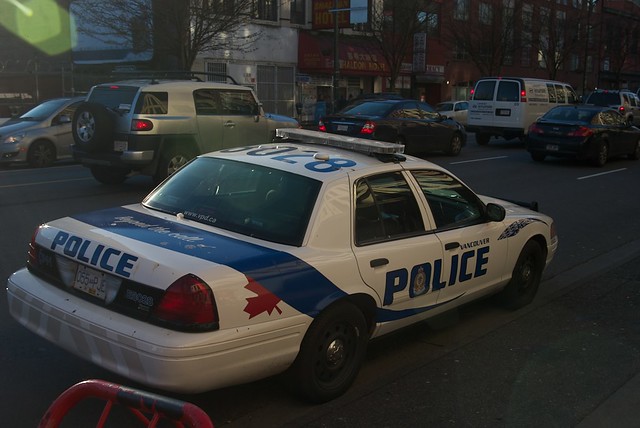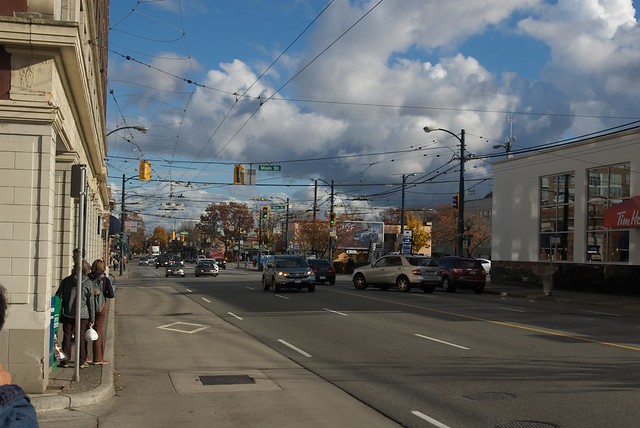This past Thursday, the Vancouver Police Department published a press release about a series of arrests made in the Downtown Eastside. It describes eight suspected drug traffickers who used violence, torture, and fear to cruelly control residents involved in the drug trade. Some of the conditions the victims of these criminals had been put through include being stabbed, beaten, and held in cages. As the press release states, this is the first case of Criminal Organization charges in Vancouver police history.
It took community protests to pressure police to investigate exploitation of Downtown Eastside residents. The two police initiatives leading to the arrests were part of an umbrella program called “Sister Watch,” which was designed to curb violence against women in the Downtown Eastside in response to grassroots protest.
Although it would be an improvement for the police to begin protecting residents from exploitation, it must be said that the strong-arm approach of both the VPD is a significant part of the problem of violence in the Downtown Eastside. The “war on drugs” diverts resources away from social services into policing. It simply has not been the case that police use these resources to protect residents from exploitation. On the contrary, the police impose added violence onto the poor, who are unfairly shuffled through the revolving door of “justice.”




